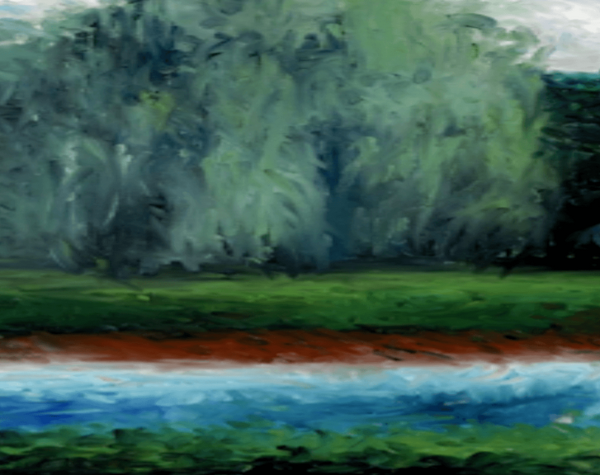If you missed the Parrish Art Museum’s exclusive Spring Fling event this month, don’t fret, there’s much more to come from Southampton’s beautiful art museum.
Resuming with the May 14, Two Forks & a Cork event, patrons can enjoy tastings of dishes from some of The East End’s best food purveyors and restaurants along with wines and spirits from seven North Fork and Hamptons vineyards. Participating restaurants include Lunch, Golden Pear and The Cheese Shoppe. Vineyards showing off their new releases along with their classics include RG l NY, Macari, Channing Daughters, Kontakosta, Paumanok and Palmer. Twin Sills Moonshine will provide a spicy note to the evening with live jazz music by a live jazz for this favorite, convivial event, happily back in person this season. More information is available at parrishart.org.
Two new exhibits are planned for the summer:
Through July 11, Art of Changes: Jasper Johns Prints, 1960–2018 shows some 90 works by the renowned American painter and graphic artist over six decades of printmaking. The exhibit highlights the artist’s experiments with familiar, abstract and personal imagery and honors the artist’s 91st birthday. Structured in four thematic sections, this survey features pieces in intaglio, lithography, woodcut, linoleum cut, screen printing, and lead relief. The exhibition shows the artist’s revision and recycling of key motifs familiar in his oeuvres: the American flag, numerals and the alphabet.
The museum is also showing a film with a talk about Jasper Johns on June 17.
Opening May 22 and showing through July 24, Set It Off brings together six artists whose works engage the monumental, the site-specific, or the immersive. The exhibit is curated by Racquel Chevremont and Mickalene Thomas, know together as Deux Femmes Noires. The exhibit brings together work by Leilah Babirye, Torkwase Dyson, February James, Karyn Olivier, Kameelah Janan Rasheed, and Kennedy Yanko. The works shown often combine multiple elements of paintings, sculpture, installation, sound, and language.
Other events:
On June 11 and 21, the museum will feature a garden design symposium, Landscape Pleasures, with exclusive tours of Hamptons Gardens.
If you join the museum, you’re always guaranteed free admission with priority status for previews and tours of exhibits.




![Leilah Babirye 'Nakatiiti from the Kuchu Grasshopper Clan' [view a], 2020-600](http://www.allny.com/blogs/todo/wp-content/uploads/2022/05/Leilah-Babirye-Nakatiiti-from-the-Kuchu-Grasshopper-Clan-view-a-2020-600.png)







